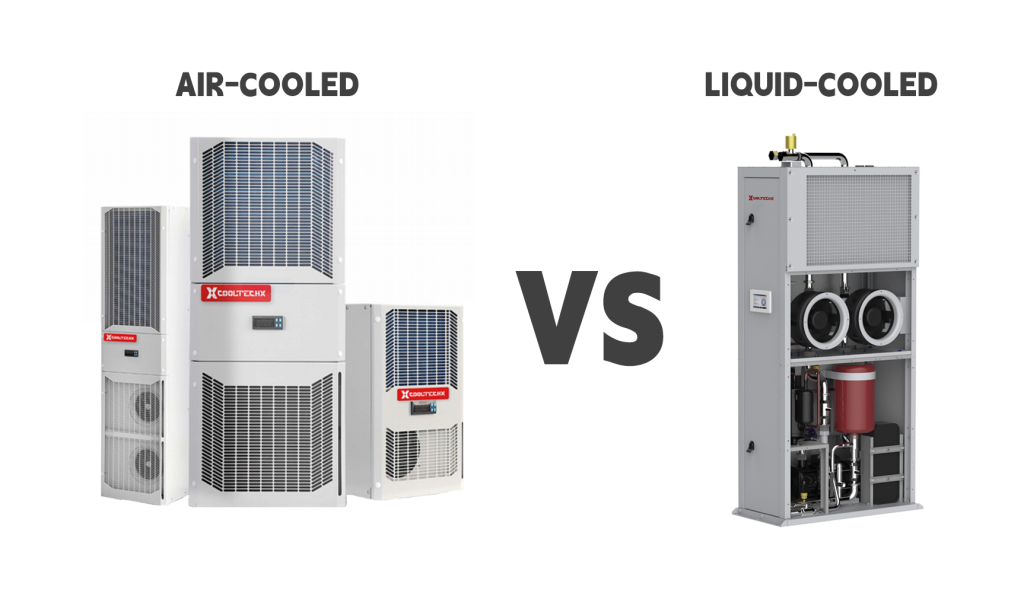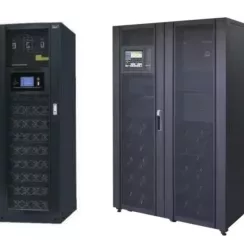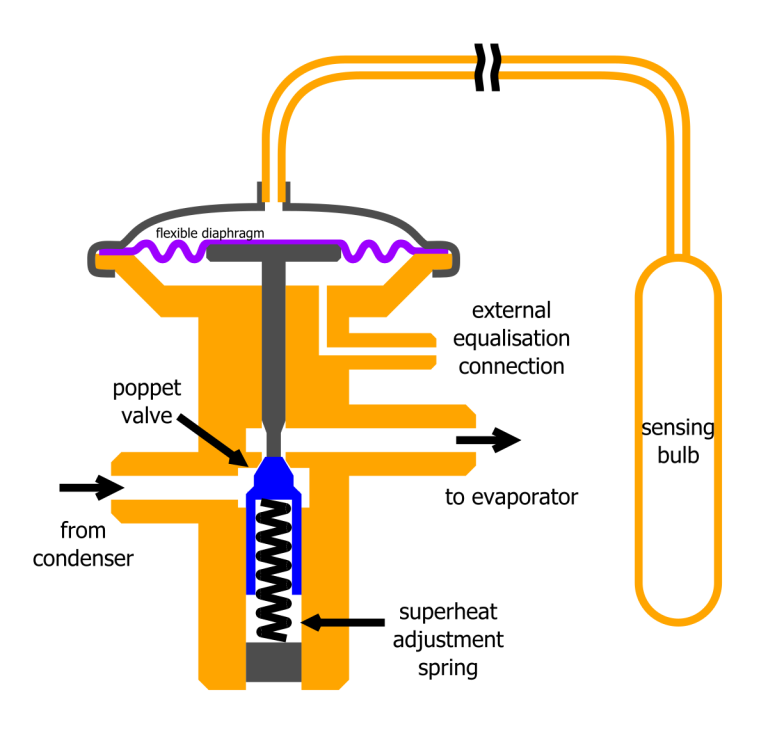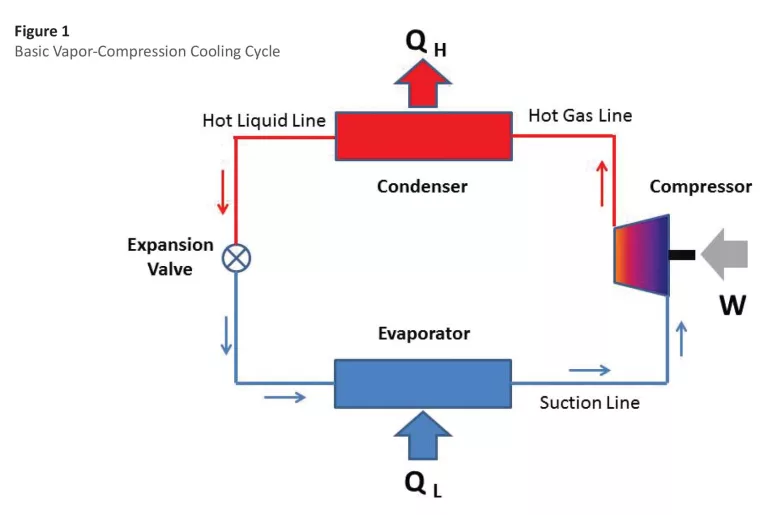 At present, the energy storage industry has entered a stage of large-scale development. The decline in costs and the maturity of business models will fully open up the installed capacity space in domestic and foreign markets. Among them, the installed capacity of new energy storage will maintain rapid growth in 2022, whether it is already in operation or newly put into operation, and lithium batteries account for more than 90% of the growth.
At present, the energy storage industry has entered a stage of large-scale development. The decline in costs and the maturity of business models will fully open up the installed capacity space in domestic and foreign markets. Among them, the installed capacity of new energy storage will maintain rapid growth in 2022, whether it is already in operation or newly put into operation, and lithium batteries account for more than 90% of the growth.
Under the high growth trend of lithium-ion energy storage, temperature control systems are particularly important for lithium-ion energy storage systems. First of all, temperature control of single cells and temperature difference control of battery clusters are beneficial to extending the life of the system; secondly, lithium-ion energy storage systems have high requirements on the internal heat dissipation capacity of the system. Therefore, the temperature control system is crucial to improving the life and safety of the lithium-ion energy storage system.
1.2. Current status of energy storage temperature control system industry
At present, air cooling systems are the mainstream products in the market, with a market share of approximately 60%. There are two reasons why air cooling has become the current mainstream. First, energy storage projects that have been put into operation have relatively low-temperature control efficiency requirements, and air cooling solutions can basically meet project needs. Second, current energy storage projects are highly cost-sensitive and have early-stage capabilities. Air-cooling solutions with low investment advantages are more likely to be accepted by downstream companies.
2.2.1. Air cooling system
2.2.1.1. Extreme low-temperature scenarios
Air cooling systems are suitable for extreme low-temperature scenarios. Because liquid-cooling systems may freeze pipes and coolant in extremely low-temperature environments, or even pipe ruptures, air-cooling systems can effectively avoid such undesirable phenomena and ensure the normal operation of the system.
2.2.1.2. Items with lower calorific value
Projects with low calorific value should use air cooling systems. The air cooling system can meet the basic needs of projects with small calorific value such as small ground power stations, household storage, communication base stations, etc., so there is no need to use a liquid cooling system.
2.2.2. Liquid cooling system
2.2.2.1. Extreme high-temperature scenarios
Liquid cooling systems are suitable for extreme high-temperature scenarios. Because the temperature difference between indoors and outdoor is small under extremely high temperatures, the heat exchange efficiency of the air-cooling system deteriorates, which in turn leads to a decrease in the cooling power of the air-cooling system. Ultimately, it cannot meet the temperature control needs of the project. However, the liquid cooling system can continuously maintain the cooling power online to ensure the normal operation of the system. , so it is appropriate to use a liquid cooling system.
2.2.2.2. Items with high calorific value
Projects with high calorific value should use liquid cooling systems. The high capacity and high system power density of energy-based energy storage (new energy power stations, off-grid energy storage) and the high-performance requirements of power-based energy storage will increase the amount of heat generated (such as power generation projects with large installed capacity and peak and frequency modulation). Grid-side projects with high requirements), and the air-cooling system cannot meet the temperature control needs of such scenarios, so a liquid-cooling system is suitable.
2.2.2.3. Harsh environment
Liquid cooling systems are suitable for harsh environments such as seaside high-salt land and deserts. Because the air-cooling system has low integration and many components, system components are susceptible to erosion by high-salt water vapor and sand, which leads to an increase in system failure rate. The advantage of high integration of liquid-cooling systems compared with air cooling can significantly reduce the failure rate. Therefore, a liquid cooling system is suitable.
3.3. Comprehensive comparative analysis of air cooling and liquid cooling
3.3.1. System Integration
The liquid cooling solution has higher system integration than the air cooling solution. For energy storage containers of the same size, the liquid cooling solution increases the system capacity by 50% compared to the air cooling solution; for energy storage containers with the same capacity, the liquid cooling solution takes up 40% less floor space than the air cooling solution.
3.3.2. Battery pack temperature control effect
The temperature uniformity of the battery pack under the liquid cooling scheme is better than that under the air cooling scheme, and the risk of thermal runaway is much lower than that under the air cooling scheme. First, the heat exchange coefficient of liquid cooling is much higher than that of air cooling; second, liquid cooling can precisely control the temperature difference of all cells to ≤3°C (air cooling cannot accurately control the temperature).
3.3.3. Operating energy consumption
The operating energy consumption of the liquid cooling solution is lower than that of the air cooling solution. Under the same battery temperature equalization state, the energy consumption of air cooling is 2-3 times higher than that of liquid cooling; under the same power consumption, the temperature of air-cooled battery pack is 3℃-5℃ higher than that of liquid cooling.
3.3.4. Operation and maintenance
Daily operation and maintenance under the liquid cooling solution is more complicated than that under the air cooling solution, and requires higher experience and quality of operation and maintenance personnel. The operation and maintenance of the liquid cooling system is a heavy workload and needs to be completed together with the manufacturer’s professionals. When equipment fails, it is necessary to close the valves between the liquid cooling plates of different battery packs, remove the batteries, and return the system to the factory for repair.
At present, household storage is mainly air-cooled, and large-scale storage is mainly air-cooled. There is a trend of conversion to liquid cooling. Among them, the proportion of liquid cooling in new large-scale storage projects has increased significantly (for example, Ningxia Power Investment Ningdong Base 100MW/200MWh shared energy storage power station, Gansu Linze 100MW/400MWh shared energy storage power station, etc.), the penetration rate of liquid cooling will continue to increase in the future. First of all, the scale of large-scale storage projects continues to increase, and the number of battery cells required will continue to increase; secondly, the single cell capacity growth trend is obvious, and large-cell products exceeding 300Ah have been launched one after another. In the future, energy storage systems will place higher requirements on the heat dissipation efficiency and temperature difference control capabilities of temperature control, and liquid cooling will better match downstream needs.
In the early days, the initial installation cost of liquid-cooled systems was higher than that of air-cooled systems, but the current bidding price of liquid-cooled energy storage systems has been lower than that of air-cooled systems. In the future, as the market share of liquid cooling continues to increase, the production lines of enterprises in the industry will continue to adjust to liquid cooling, shipments will continue to increase, scale effects will appear, the level of superimposed system integration will continue to increase, and the unit cost of liquid cooling systems will further reduce.
Sale: Mia





